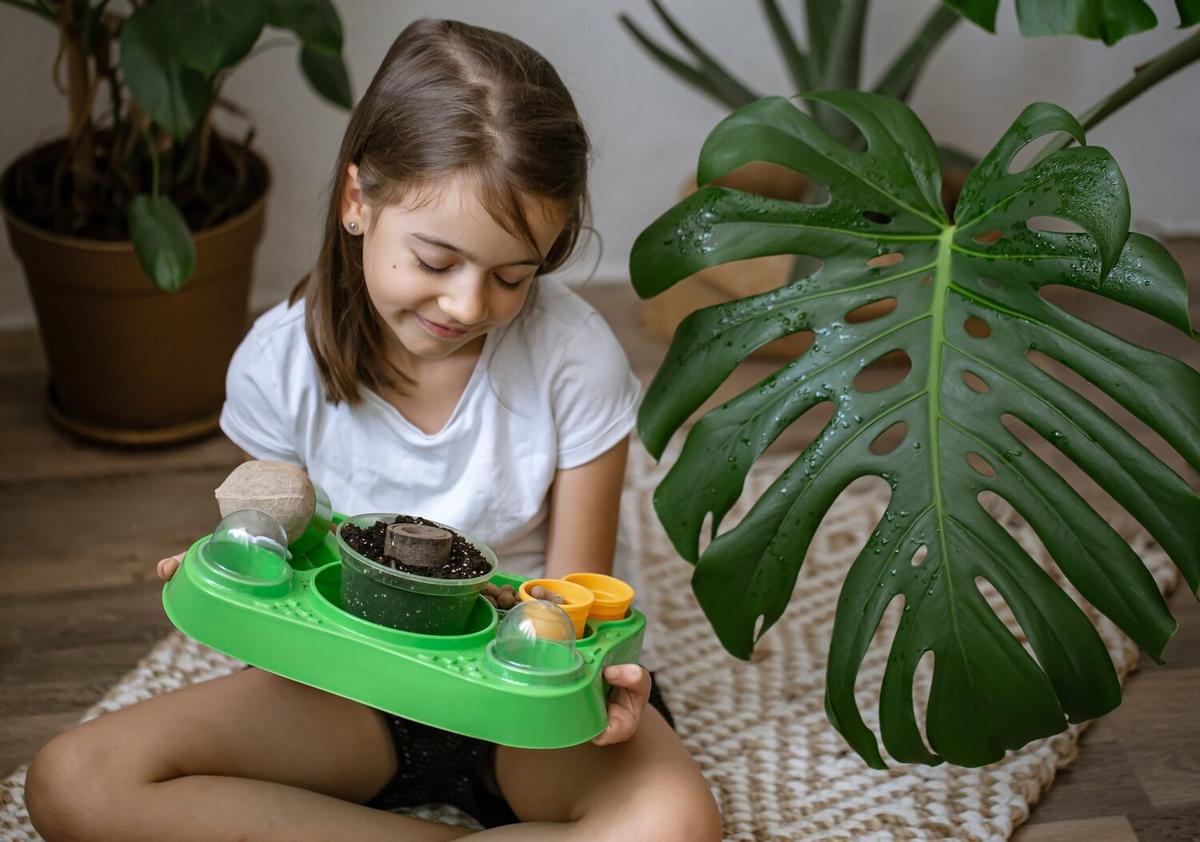
Introducing STEM to Kids at Home: Fun Activities and Resources
Introducing science, technology, engineering, and mathematics (STEM) to children at home can spark a lifelong love of learning and discovery. With a variety of engaging activities and resources available, parents can easily integrate STEM into everyday life, fostering curiosity and critical thinking in their kids.
Why STEM at Home Matters
Incorporating STEM activities at home offers numerous benefits for children, from enhancing problem-solving skills to inspiring creativity. According to the U.S. Department of Education, engaging in STEM-related activities helps children develop critical thinking skills that are crucial in today’s technology-driven world. Encouraging these skills at a young age can set a strong foundation for future academic and career success.
Expert Insights
Dr. Lisa Green, an education specialist, emphasizes the importance of early STEM exposure: “By introducing STEM concepts in a fun and interactive way, parents can help their children develop a positive attitude towards these subjects, which is vital for their confidence and interest in learning.”
Fun STEM Activities to Try at Home
- Science Experiments: Simple activities like creating a baking soda and vinegar volcano can introduce basic chemical reactions in a fun way.
- Technology Exploration: Use apps and online resources to learn coding basics. Platforms such as Scratch offer free, kid-friendly coding tutorials.
- Engineering Challenges: Challenge your child to build the tallest tower using only spaghetti and marshmallows. This not only teaches engineering concepts but also teamwork and perseverance.
- Mathematics Games: Incorporate math into daily activities, such as cooking or shopping, to teach measurement and budgeting skills.
Resources for Parents
There are numerous resources available to support parents in introducing STEM at home. Websites like NASA’s STEM Engagement provide free educational materials and activities. Additionally, libraries often offer STEM kits and books tailored for different age groups.
Personal Anecdotes
Take Jane, a mother of two, who transformed her kitchen into a chemistry lab. By conducting simple experiments with household items, Jane not only engaged her children but also sparked their interest in science. “It’s amazing to see their faces light up when they discover something new,” she shares.
Actionable Tips for Parents
- Start small: Introduce one STEM activity per week to avoid overwhelming your child.
- Be patient: Allow children to experiment and learn from their mistakes.
- Join in: Participate in activities with your child to make learning a shared experience.
Conclusion
Introducing STEM to kids at home is an enriching experience that can ignite their passion for learning and exploration. With a plethora of resources and activities available, parents can easily create a stimulating environment that nurtures their child’s curiosity. By starting early and making learning fun, you can set your child on a path to success.
Frequently Asked Questions
What age is best to start STEM activities?
STEM activities can be introduced as early as preschool, with age-appropriate activities that are both fun and educational.
How can I keep my child engaged in STEM?
Incorporate a variety of activities and rotate them regularly to maintain your child’s interest and enthusiasm.
Are there free resources available for STEM education?
Yes, many organizations and websites offer free STEM resources, including educational videos, activities, and lesson plans.


